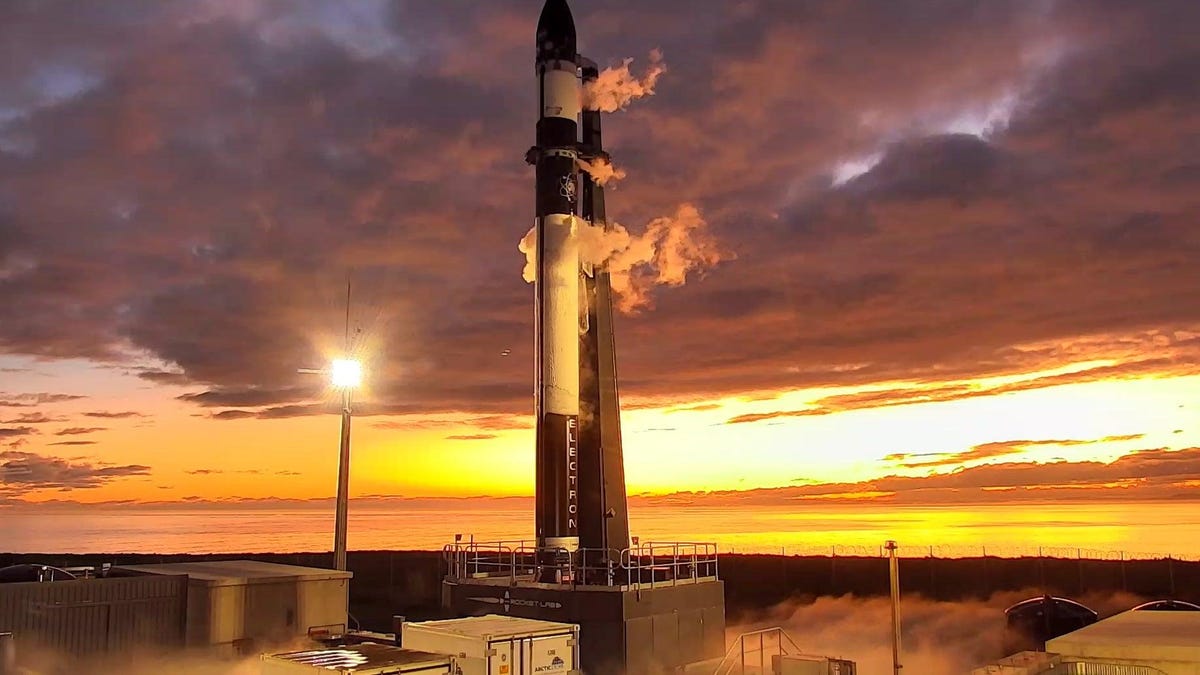
Approximately one week into the CAPSTONE mission, the probe’s journey will be made available through NASA’s Eyes on the Solar System interactive real-time 3D data visualization.
Advertisement
The Cislunar Autonomous Positioning System Technology Operations and Navigation Experiment (CAPSTONE) mission will send a microwave-sized satellite to a near rectilinear halo orbit (NRHO) around the Moon. The satellite will be the first to cruise its way around this unique lunar orbit, testing it out for the planned Lunar Gateway, a small space station that is meant to allow for a sustained human presence on the Moon.
NRHO is special in that it’s where the pull of gravity from the Moon and Earth interact; this orbit will theoretically keep spacecraft in a “gravitational sweet spot” in a near-stable orbit around the Moon, according to NASA. NRHO is therefore ideal in that it will require less fuel than conventional orbits and it will allow the proposed lunar space station to maintain a constant line of communication with Earth. But before NASA builds out its Gateway in this highly elliptical orbit, the space agency will use CAPSTONE—owned and operated by Colorado-based Advanced Space—to test its orbital models.
G/O Media may get a commission
Advertisement
Six days after launching from Earth, the Electron rocket’s upper stage will release the CAPSTONE satellite on its journey to the Moon. The 55-pound (25-kilogram) cubesat will then perform the rest of its four-month trip solo. Once at the Moon, CAPSTONE will test the orbital dynamics of its orbit for about six months. The satellite will also be used to test spacecraft-to-spacecraft navigation technology and one-way ranging capabilities that could eventually reduce the need for future spacecraft to communicate with mission controllers on Earth and wait to have signals relayed from other spacecraft.
Advertisement
NASA is methodically putting together the pieces for the agency’s planned return to the Moon. The fourth and most recent wet dress rehearsal of the space agency’s Space Launch System (SLS) went well, paving the way for a possible launch in late August.
More: This Tiny Moon-Bound Satellite Could Carve a Path For a Lunar Space Station
Advertisement
